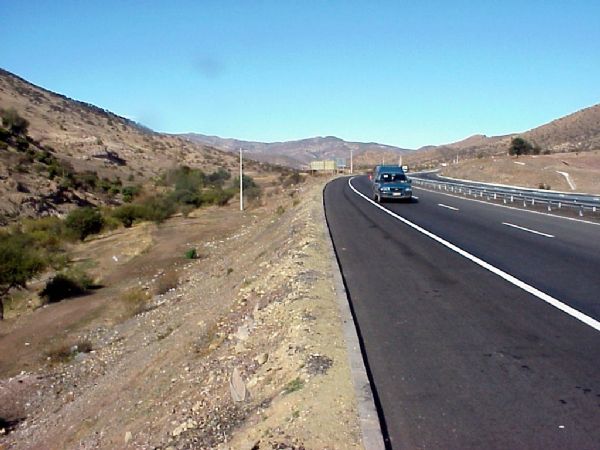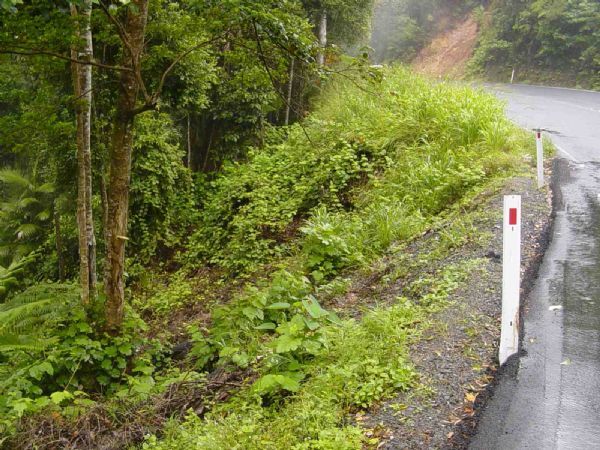





Roadside Safety - Sideslope Improvements
Sideslope improvement will reduce the likelihood of rollover in a run-off road/loss of control crash and may also reduce the severity of these types of crashes. Flatter sideslopes are generally less likely to erode. The cost of providing a traversable slope may be less than the cost of stabilising and maintaining steep slopes.
Sideslopes should be free of hazards and objects that may cause vehicle snagging. On downward slopes, a clear run-out area may also be required at the base of the slope. The provision of traversable sideslopes may require the removal of native flora, which can result in erosion, sedimentation of waterways and removal of animal habitats. The provision of traversable sideslopes may have property impacts and require extensive land acquisition. Extensive filling of side slope will increase the footprint of the road with potentially high environmental impacts. However, suitable grading and contouring can reduce the impacts and better integrate the road with the surrounding areas. The practicality of side slope improvements is influenced by local terrain conditions and availability of materials. In areas where the sideslope transitions from an upward slope to a downward slope (and vice versa), the rate of change in gradient of the crossfall should be gradual to ensure that the sideslope can be traversed.
Treatment Summary
10-25% |
Case Studies
Related Images

Paved shoulder and steep roadside slope. Image credit: Greg Speier 
Steep roadside slope on Kennedy Highway in Australia. Paved shoulder and safety barriers will significantly reduce run-off risk at such locations. Image credit: Unknown










